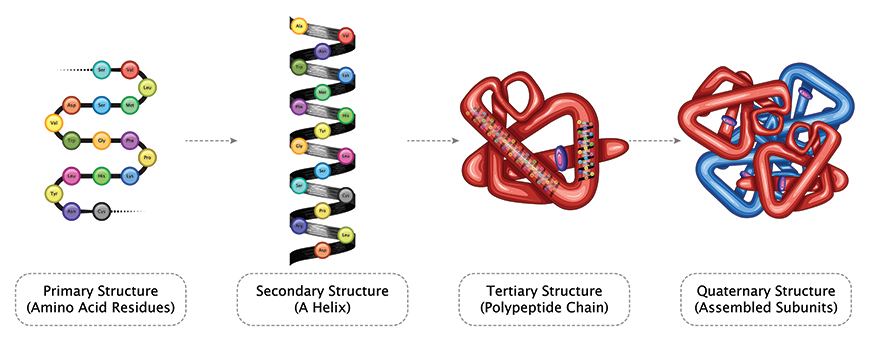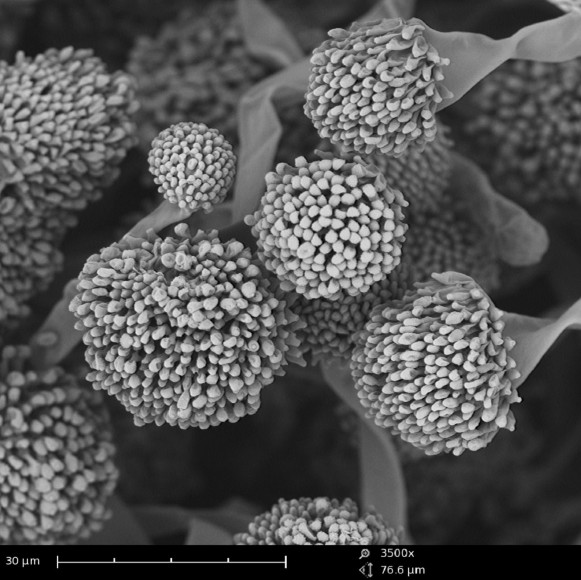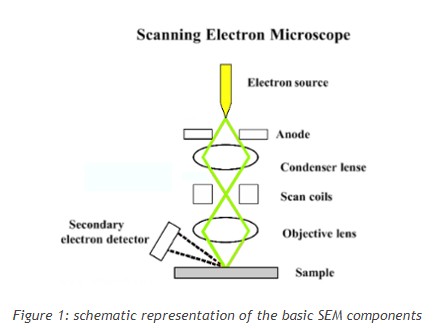At a basic level, surface and interfacial tension have a lot of similarities. In their simplest form, they are both effects which are based on liquids. While we may observe these effects in everyday life in the shape of droplets or soap bubbles, interfacial tension and surface tension are two different phenomenons.
Surface tension is defined to a single liquid surface, whereas interfacial tension involves two liquids that don’t mix together. The differences don’t end there, though, as both surface and interfacial tension require different means to measure the tension appropriately and effectively.
What is Surface Tension
The phenomenon called surface tension is the property at the surface of a liquid that causes it to behave like a plastic sheet. Essentially, the cohesive forces between liquid molecules are responsible for what we know to be called surface tension. The molecules at the surface don’t have similar neighbouring atoms all around, so they cohere stronger to those directly associated with them on the surface.
How Surface Tension is Measured
A traditional measurement of surface tension is the du Noüy ring method.
However, surface tension can also be measured using the Wilhelmy plate method, which is a simple and accurate form of tensiometer. This type of measurement relies on the interaction between the platinum plate and the surface of the liquid.
In this method, the position of the probe relative to the surface is significant. As the surface comes into contact with the probe, the instrument will detect this by the change in force that it experiences. Subsequently, the height at which this occurs and zero depth of immersion is registered. The plate is then wetted to a set depth, and when it is returned to the zero depth of immersion the force is registered and used to calculate the surface tension.
Products like the Attension Theta Flex are used as an optical tensiometer to characterise surface properties.
What is Interfacial Tension
Interfacial tension can be described as the force that keeps the surface of one liquid from interfering with the surface of another liquid. It’s a measurement of the cohesive or excess energy present at an interface arising from an imbalance of forces. This happens when two different phases, like gas and liquid, come into contact with each other, resulting in the molecules at the interface experiencing a force imbalance.
This type of imbalance leads to a buildup of free energy at the interface. This excess energy is commonly referred to as surface free energy and can exist at any type of interface. However, if it exists at the interface of two immiscible liquids, the measurement is one of interfacial tension.
How Interfacial Tension is Measured
Interfacial measurements can be done through the optical tensiometer by pendant drop shape analysis. The shape of the drop hanging on the needle is determined by a balance of forces, which include the surface tension of the liquid. Then the interfacial tension can be related to the drop shape by the equation.
Interfacial tension can also be measured by a force tensiometer. This instrument measures the forces exerted on the probe which is positioned at the liquid/gas interface. The probe is connected to a sensitive balance and interested liquid interface is brought into contact with the probe. Subsequently, the force measured by the balance as the probe interacts with the surface of the liquid can be used to calculate the tension.
The Difference Between the Two
Both interfacial tension and surface tension are effects based on liquids. Additionally, both effects take place due to the unbalanced intermolecular forces between liquid or solutions molecules. However, while the location of the effects are the same, there are differences between the two.
Firstly, surface tension is defined as the force parallel to the surface, perpendicular to a unit length line drawn on the surface. Essentially, it relates to the property of the liquid in contact with gas phase. Comparatively, interfacial tension is defined only to immiscible liquids as it applies to the interface of the two liquids.
Due to the differences in where they occur, both surface tension and interfacial surface have means of measurement that suit each. Specifically, the Wilhelmy Plate is thought to work better with high surface tension liquids, whereas a rod or pendant drop method of measurement is more suitable for working out interfacial tension where the amount of liquid involved is limited.
Another difference is the vast impact of pressure and temperature on surface tension. Surface tension decreases almost quite linearly with temperature. Therefore, when the temperature increases, the molecular thermal activity increases causing the cohesive interaction to decrease. Pressure is another external factor that has an affect on surface tension.
How ATA Scientific Can Help You Determine Surface Tension
When determining surface tension, perhaps the best options are the du Noüy ring or Wilhelmy plate method, while optical or force tensiometres work best for interfacial tension measurements. For more information regarding surface and interfacial tension and measurement practices, contact us today at ATA Scientific.




 02 9541 3500
02 9541 3500












